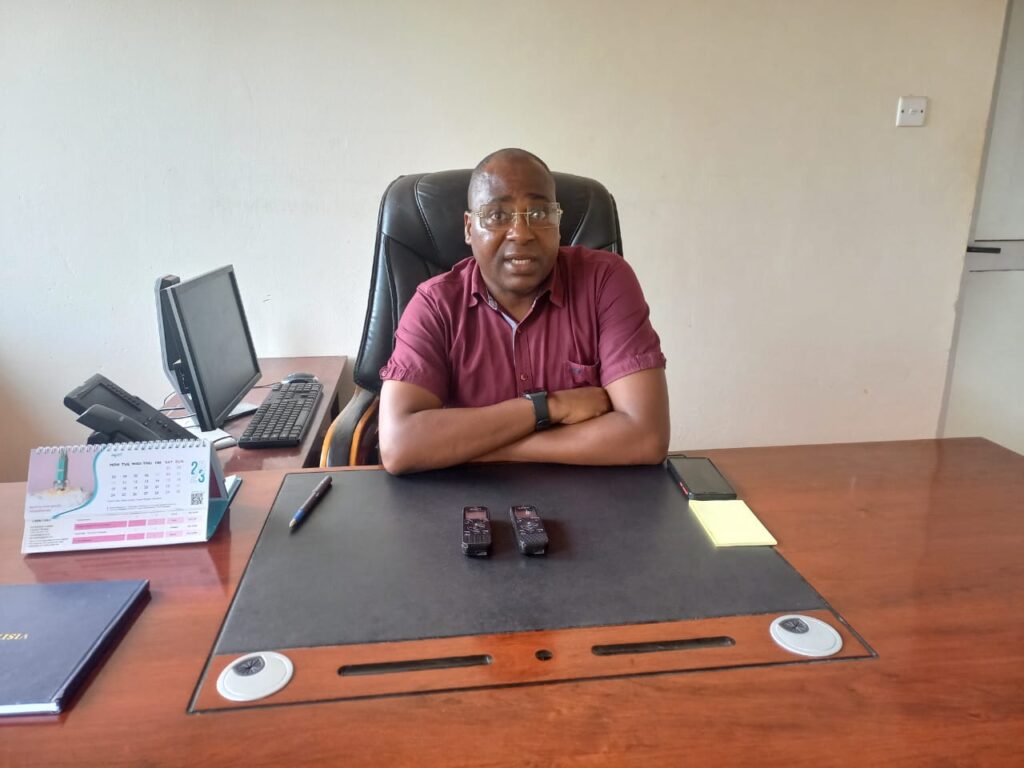By Caroline Katana
Although leprosy is categorized as a rare disease by the World Health Organization (WHO), approximately 208,000 people have leprosy (Hansen’s disease) globally, with most cases found in Asia and Africa.
In the United States, about 100 people receive a leprosy diagnosis every year.
The exact mechanism of transmission of leprosy is not known.
At least until recently, the most widely held belief was that the disease was transmitted by contact between cases of leprosy and healthy persons.
More recently the possibility of transmission by the respiratory route is gaining ground.
There are also other possibilities such as transmission through insects which cannot be completely ruled out.
In the 1980s, the highly feared disease was declared eliminated.
Statistics from the Ministry of Health, however, show that cases of leprosy have recently been on the rise from 93 in 2017, 110 in 2018 and 154 in 2019, creating fear that it could creep back.
Lack of awareness of once-forgotten disease remains a huge obstacle to early diagnosis and treatment.
The disease however is no longer a major Public Health problem in Kenya but it is appreciated that there has been a significant loss of skills and knowledge by healthcare providers to suspect and diagnose it owing to the reduction in the number of cases seen over time.
This in itself could account for the rapidly falling number of cases notified in recent years.
Kwale County Executive Committee member in charge of Health Francis Gwama affirmed the lack of leprosy experts at the grassroots level has led to the capturing of incorrect data.
“The data collected on leprosy is not correct because our healthcare workers lack skills and knowledge of diagnostic procedures, “said Gwama.
Consistent efforts to sensitize health workers on the contagious bacterial infection have, however, been frustrated by lack of funding.
“We have partnered with different stakeholders to ensure our health workers get high skills to get the correct diagnosis data, though in a low motion because we have insufficient funds,” he added.
Leprosy patients seek attention from witch doctors because they associate the disease with curses or witchcraft.
“Leprosy patients do not show up in hospitals due to lack of awareness hence forcing them to seek treatment from witchdoctors and unfortunately coming to our hospitals at very late stage, “he noted.
The Coast and Western region have the highest burden of leprosy as per the 2022 statistics due to stigmatization.
Kilifi and Kwale counties are the most affected followed by the Western region.
“Whenever health workers are trained to identify the disease and community sensitized to end stigma to leprosy patients, the numbers tend to go up,” claimed Gwama.
Leprosy is airborne and is caused by a bacterium known as Mycobacterium leprae.
It is spread by breathing in droplets from the cough or sneezes of an infected person.
It takes close contact with an infected person for a prolonged period to contract the disease.
If treated early, the disease with an incubation period of up to 20 years, leaves no physical damage on patients.
At Msambweni, Kwale County several leprosy activities have been crippled by lack of funding, leaving patients to fend for themselves.
The few patients who get properly diagnosed are put on free medication, provided by the WHO for free since 1995.
In its early stages, leprosy manifests as a skin condition causing lighter patches that are numb when touched.
Usually at this point, the patches are painless hence many patients are unlikely to seek health intervention.
Health workers often mistake the skin lesions with other dermatological conditions but if left untreated, the disease can cause severe limb deformities and irreversible nerve damage that prevents patients from feeling heat or pain.
Due to the numbness, patients often, end up injuring themselves and having wounds that necessitate amputation of their limbs.
There are concerns that Kenya, which is in the leprosy post-elimination phase, risks losing the gains if better surveillance of the disease is not put in place.
“Ideally, when there is a reported leprosy case, we send a community health worker to the family to see if there are other family members showing symptoms but with the funding gap, this is not being done.
We just treat those that come to health facilities and make no follow-up visits, which could mean that more leprosy cases may be out there,” claimed Gwama.
The increased cases come at a time when the Ministry of Health launched the National Strategy Plan 2019-2023 to guide the elimination of TB and leprosy nationally.
The plan indicates the ministry’s mission to reduce the proportion of people with leprosy diagnosed with a grade two disability to below five per cent by 2030.
The strategy highlights the lack of political commitment to leprosy control, lack of data on patient management, weak provision of quality care and weak surveillance as obstacles to achieving a leprosy-free nation.


